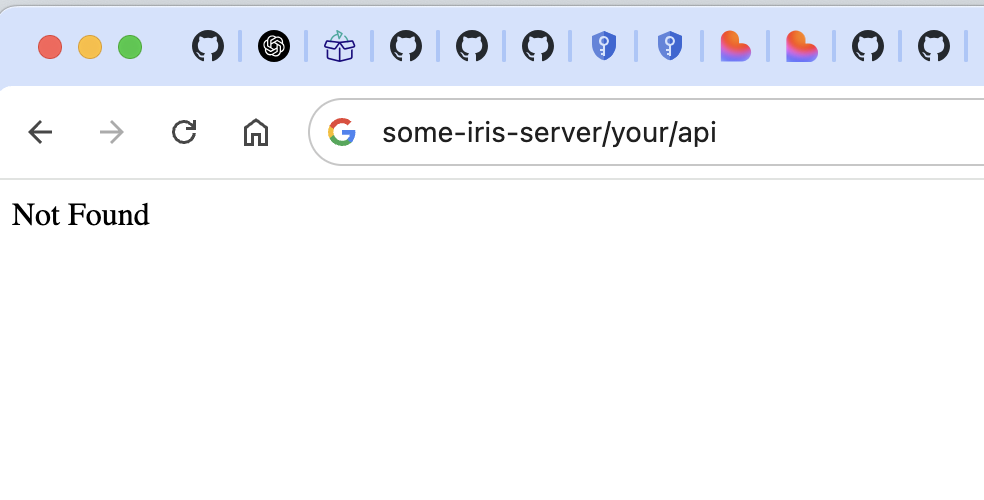1. A Motivating Example
Embedded Python has been around for a while. You probably followed the tutorials and learned about it. However, if you've tried to combine Python and ObjectScript in real development work, you probably ran into situations where you get an error message like this:

.png)

